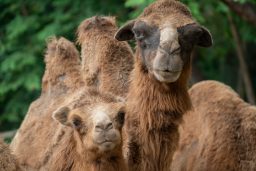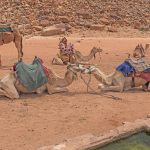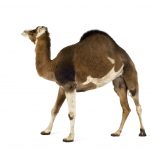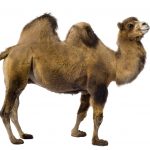Although it’s often thought to be water in a camel’s hump – it isn’t. Camels store fat in their hump. It’s a great energy reserve – like making a packed lunch.
What Do Camels Store In Their Humps?
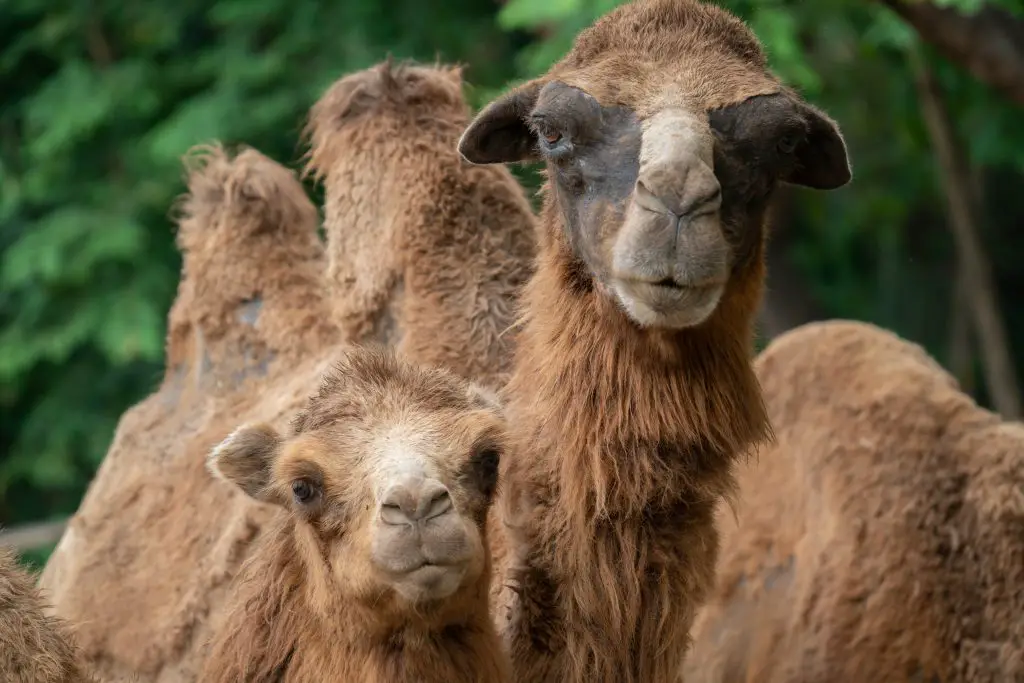
Over the years, there has always been the assumption that camels need to store water in their humps because they live in the desert. Camels do need to store water – this is correct – but they don’t store it in their humps.
The camel’s hump is a very specialized body part – and has evolved over many centuries. It serves a hugely important function for camels as an energy source – and is something that no other mammal has.
Virtually all other mammals – including humans – have our fat distributed all over our body – however, camels only store fat in their hump. Nowhere else. This fat-only zone serves three main functions:
- Heat Loss: Having no fat under their skin helps them to release their body heat more efficiently in hot climates. It reduces the insulating effect of a layer of fat and allows them to survive in deserts where temperatures can skyrocket.
- Rapid Refuelling: Having a system that rapidly and efficiently stores any calories guzzled at a fuel stop couldn’t be better in a boom or bust environment. Filling up what is effectively a rucksack with ‘food’ rather than distributing it all around the body saves time and energy.
- Stay Slim: Having fat deposited only in the hump allows camels to stay mobile. This way, they can store a large amount of ‘energy’ in their humps without it affecting their movement or displacing their internal organs.
Camels split from the llamas and alpacas while they were still in North America (the first ‘camelid’ was a hare-sized mammal living in South Dakota of all places).
The llamas and alpacas don’t have humps at all – so we know that humps are something special to camels and that they evolved them specifically as an adaptation to their extreme lifestyle. It is very successful.
Can Camels Store Water In Their Humps?
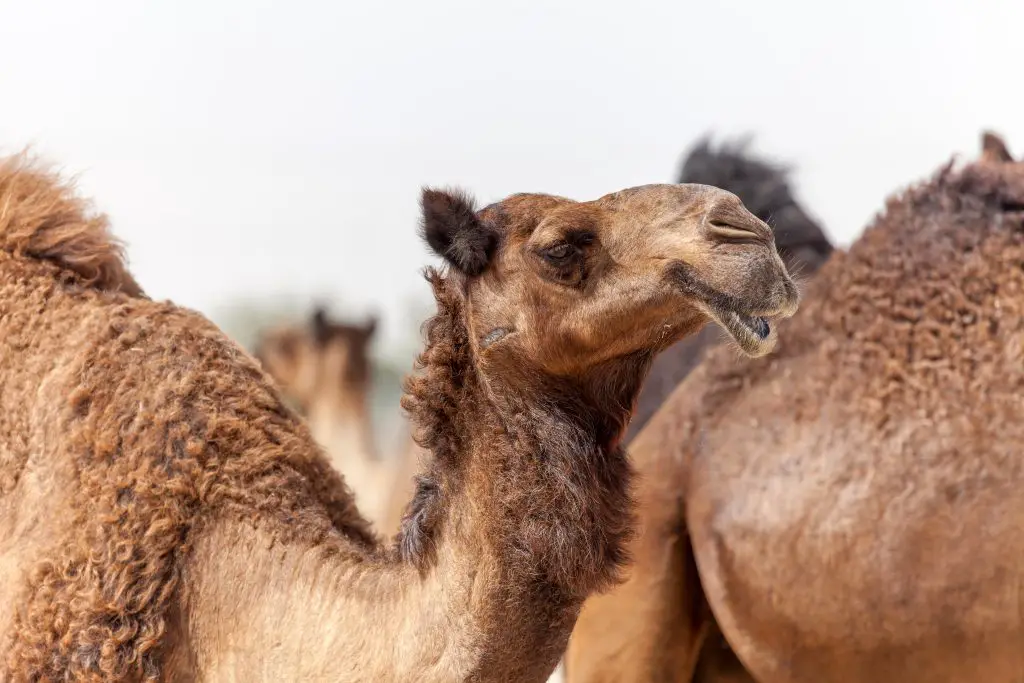
Technically, fat does store water in itself due to its chemistry – so around 16% of used (burned) fats turn into water. However, this isn’t enough of a source to sustain a camel for the weeks they can go without water. It helps – but it isn’t the reason for the fat to be stored. The fat is stored because the camels need to store fat. The water is just a bonus.
Camels have evolved some amazing biological processes to help them live in the unpredictable desert climates they have made home. One of these main adaptations is to conserve water in every way possible. Changes to the kidneys, digestion, urine, fat deposits, and even red blood cells all make sure that any water that makes it into the body stays there for as long as possible. It is used, stored, or recycled rather than being wasted.
Why Do Camels Have Humps?
Camels have humps because they help them to survive the harsh conditions of cold, hot or high-altitude habitats which are often barren, dry, and huge. The deserts of northern Africa, Arabia, and the steppe and high mountains of Asia are unforgiving. Only the most suited animals can survive. – and this is what the camel family has become.
Their energy-filled humps are the perfect place to store food while moving great distances between watering holes and oases. Knowing that their opportunities to fill up on calories and water are few and far between, they have had to make sure their body can store as much as possible when they do find some – and last as long as possible. Having a hump – like a full rucksack – is the perfect solution.
Are Dromedaries and Camels the Same Animal?
Are dromedaries and camels the same animal? Many people wonder about the difference between camel and dromedary. While they belong to the same family, camels have two humps and are found in Asia and Africa, while dromedaries have a single hump and are commonly found in the Middle East. So, the key difference lies in the number of humps they possess.
Can A Camel Have Three Humps?
Some camels have one hump and others have two – but would anyone need three humps? Would there be enough room on a camel’s back for a third hump? Well, the answer is ‘No’.
In 99.9% of cases, there would be no way at all that a third hump would appear spontaneously – and certainly not just because the camel wanted to store more food. You can’t just magic one out of thin air – even if you did find a stash of free food.
However, occasionally a rhino can grow a third horn, or a giraffe can grow an extra set of horns, so perhaps there may be an unusual extra fatty deposit on the back of a random camel one day. It would be one-in-a-million.
There are no accessible reports of a two-hump camel getting a third hump – but there are often reports of a single-hump camel growing a tiny second one.
Camels store fat in their hump. It’s a great energy reserve – When they use the fat in the humps they also get some water out of it.

